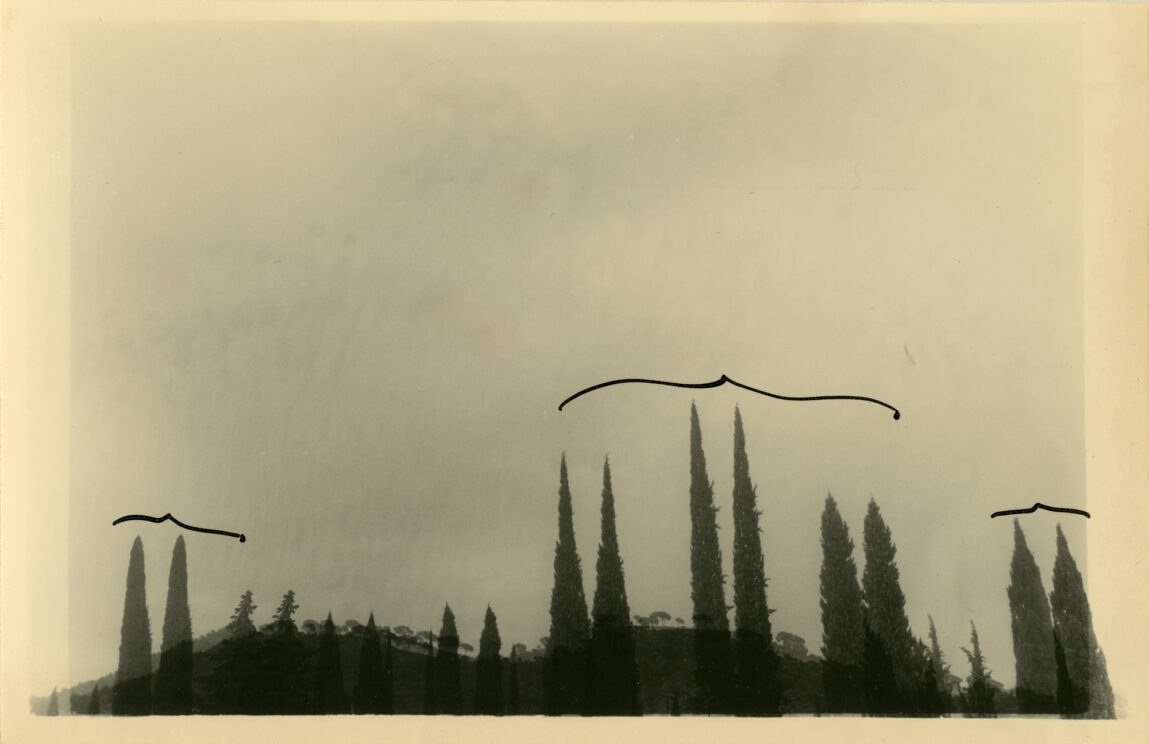Für Bruno V. Roels ist nicht ausschließlich der Moment, in dem er den Auslöser seiner analogen Kamera drückt, der Entscheidende — besonders viel Bedeutung schenkt der belgische Fotograf auch den darauf folgenden Schritten. Anstatt sich auf die Suche nach dem perfekten Abzug zu begeben, gibt er in der Dunkelkammer vermeintlichen Unvollkommenheiten Zeit und Raum sich frei zu entfalten oder greift auch gerne mal selbst ein und modifiziert das Abgelichtete direkt im Entwicklungsprozess. Das Ergebnis sind Variationen, Repetitionen und Interpretation der Welt wie wir sie kennen. Wir sprachen mit ihm über seinen poetischen Zugang zur Fotografie.
Chapter What inspired you to work with the traditional, analogue method of photography?
Bruno V. Roels I started out with a digital camera — I had won some money in the early 2000s and bought a then state of the art Sony — and photographed a lot. This was before Flickr or any of the now ubiquitous social media platforms. I had a lot of fun with that camera, but my photography wasn’t really progressing. That was when my then girlfriend urged me to take a photography evening class, and in the first year there was a lot of attention on analogue photography. Something clicked and I never went back to digital photography. I found that working in the dark room gave me most of the tools I needed to create a cohesive body of work.
Chapter What importance does the actual act and process of developing images in the dark room have for your overall concept?
Bruno V. Roels Typically, people think of photographing as being somewhere, looking through a camera lens and taking a picture. That’s only a small part of the photographic process which is generally more of a series of interlinked choices. It’s about what camera and film you use, how you develop your negatives as well as what kind of choices you make in the dark room which for me is the most important part of the process: I have an image, but what do I do with it? Do I print it small, big or with lots of contrast? Do I print one, 20 or even 250? A lot of my work plays around with the essence of analogue photography, and the dark room is the place where a lot of decisions, but also mistakes are made.
Chapter Repetitions and variations are an integral element of your work. What role does the actual subject play in your images?
Bruno V. Roels I photograph every aspect of my life, but I only use the most universal photos for the work I show to the world. With »universal« I mean photographs of iconic subjects, things that everyone understands or recognizes. I use a lot of palm trees, but flowers, clouds, mountains come back regularly as well. That is why the actual motif is very important because it connects my head with that of the viewer.
Chapter In a world of virtual and augmented realities physical experience of photographic material might be digitally replaced from the gallery space. For you, how important is the actual physicality of your images?
Bruno V. Roels I was a collector before I was an artist, and the first photograph I bought at a gallery was a print of the Japanese photographer Masao Yamamoto. I was fascinated by his small, precious prints. Even though the images of his photos work very well digitally, I wanted the actual print on my wall as they are very seductive as real life objects. Call me old fashioned, but I like things I can touch. Most of my own work is also very tactile. Scale and size play a big role when interacting with a piece, but scale and size disappear when you view something digitally. That doesn’t mean that I would never do any digital work but for now, I’m good in an analogue world.
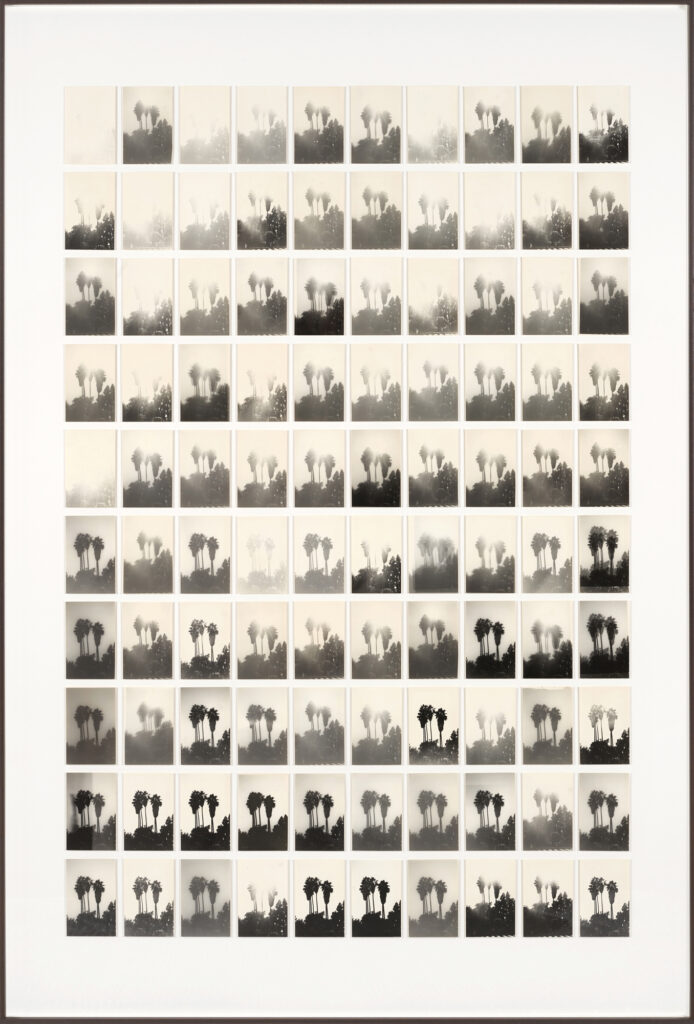
Is A Palm Tree Is A Palm Tree (Scale Is Context), 2017
 Road Trip Harmonics, 2021
Road Trip Harmonics, 2021
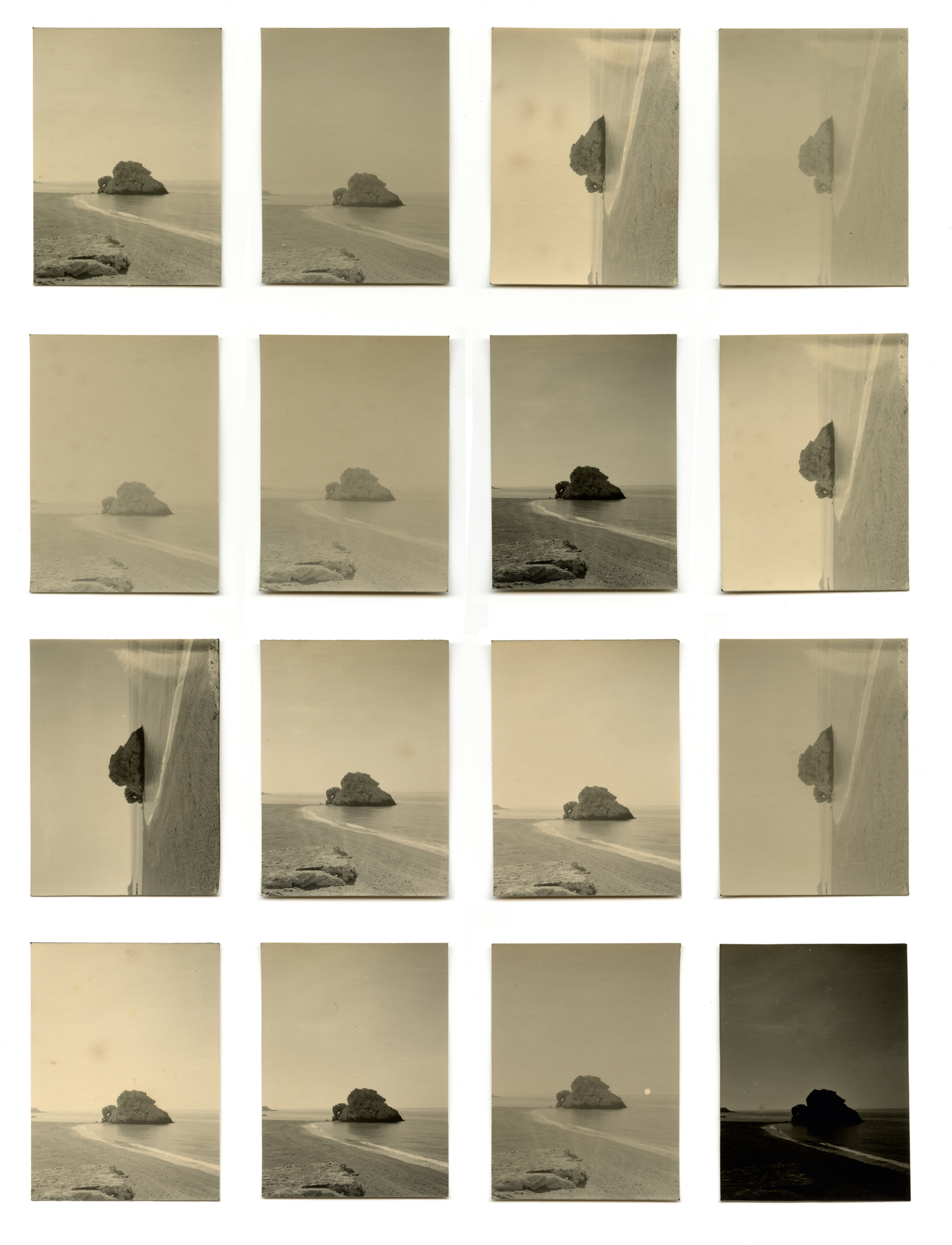 Sixteen Rocks (Atypical), 2021
Sixteen Rocks (Atypical), 2021
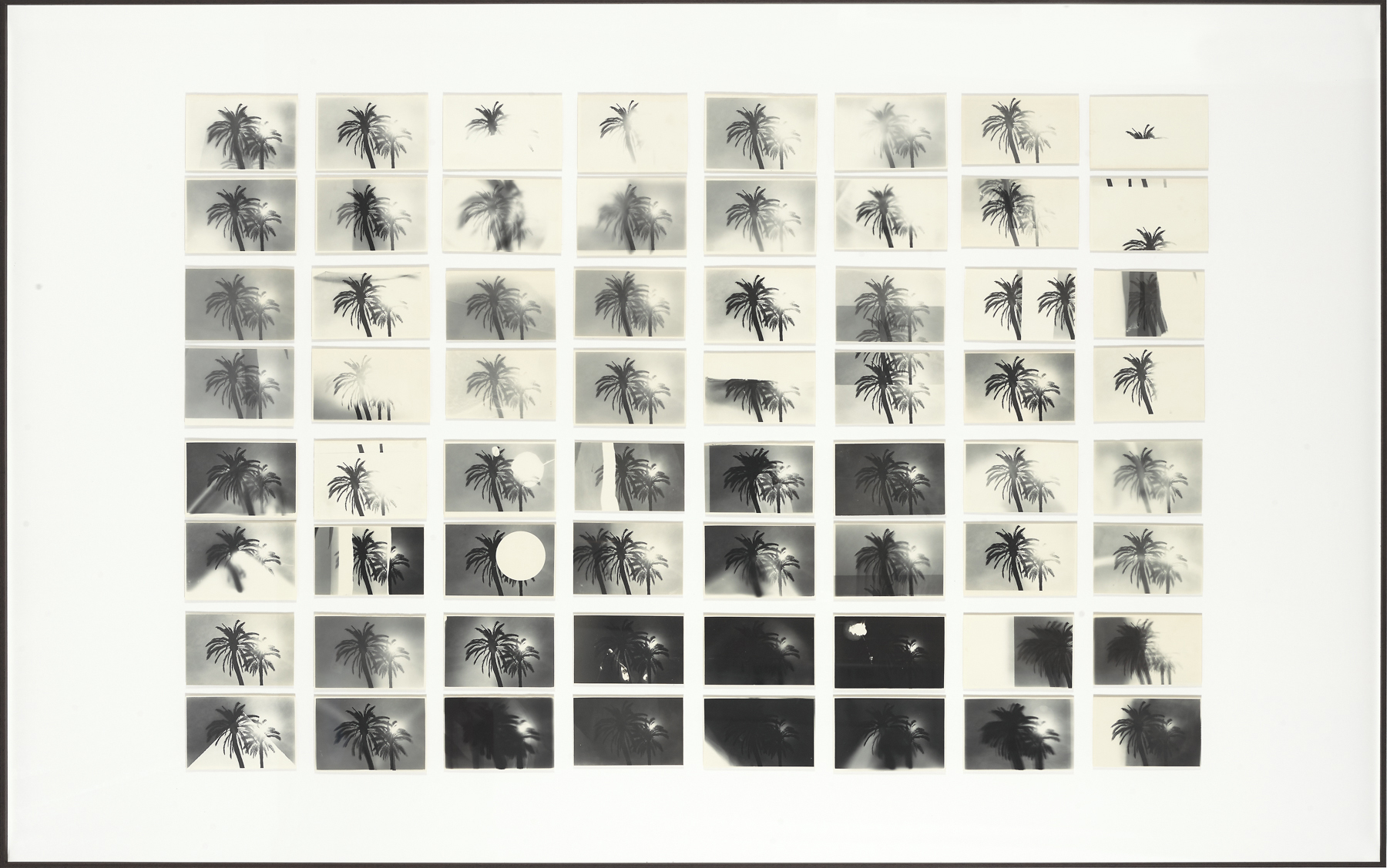
The Pyramids And Palm Trees (Part 1), 2018
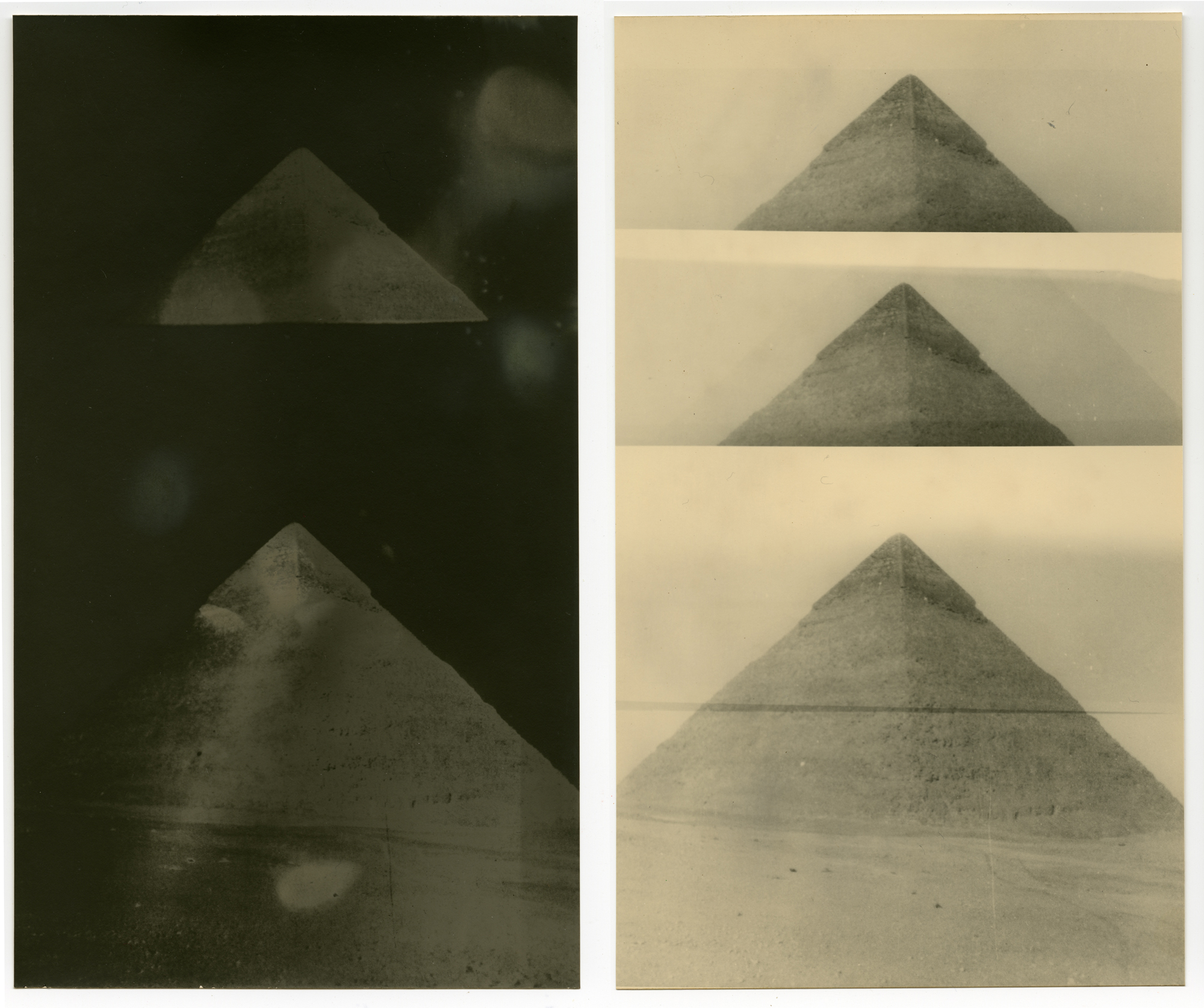
Looking Back In Anger, 2018
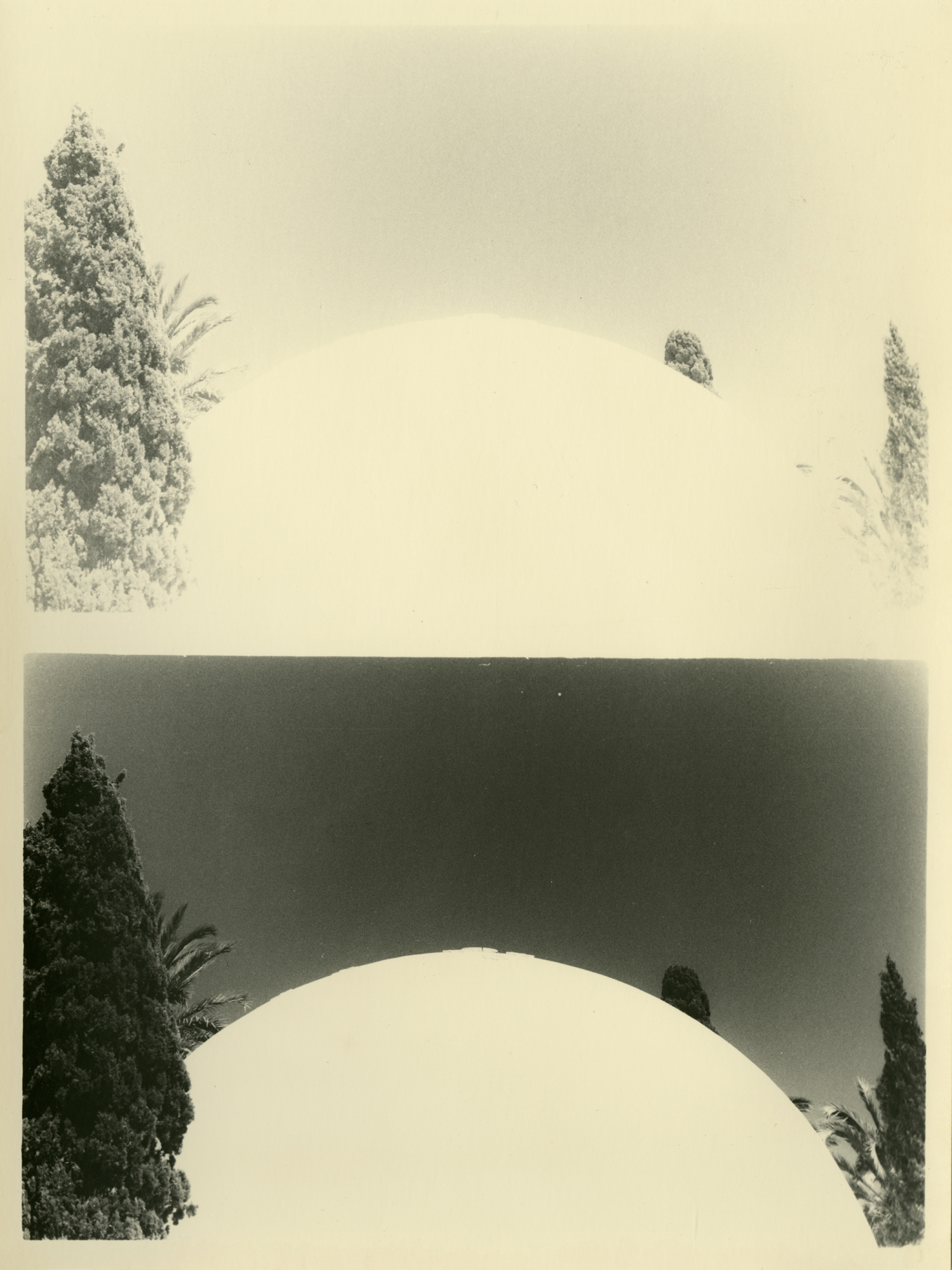
Full Moon (Part 4), 2017
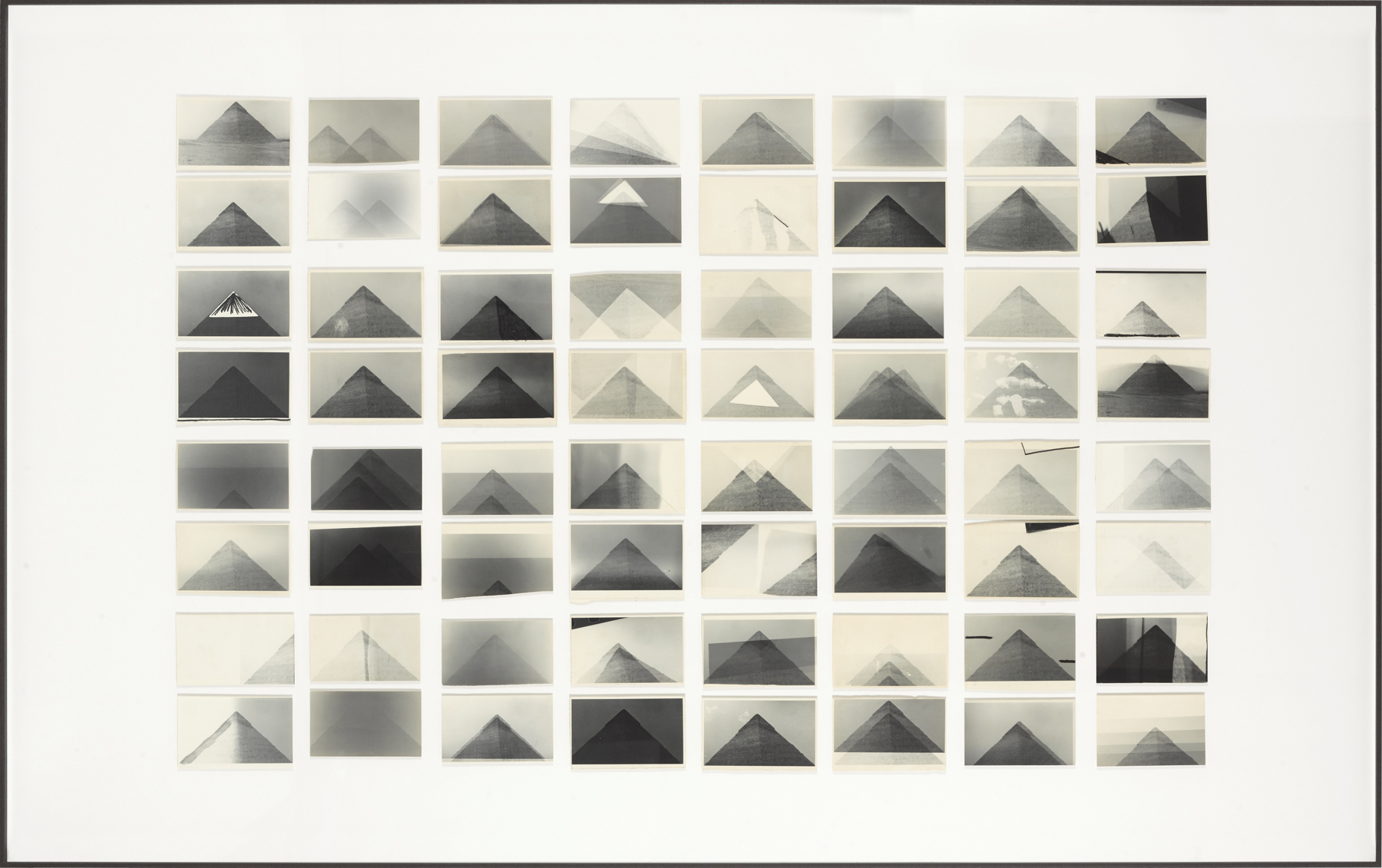
The Pyramids And Palm Trees Test (Part 2), 2018
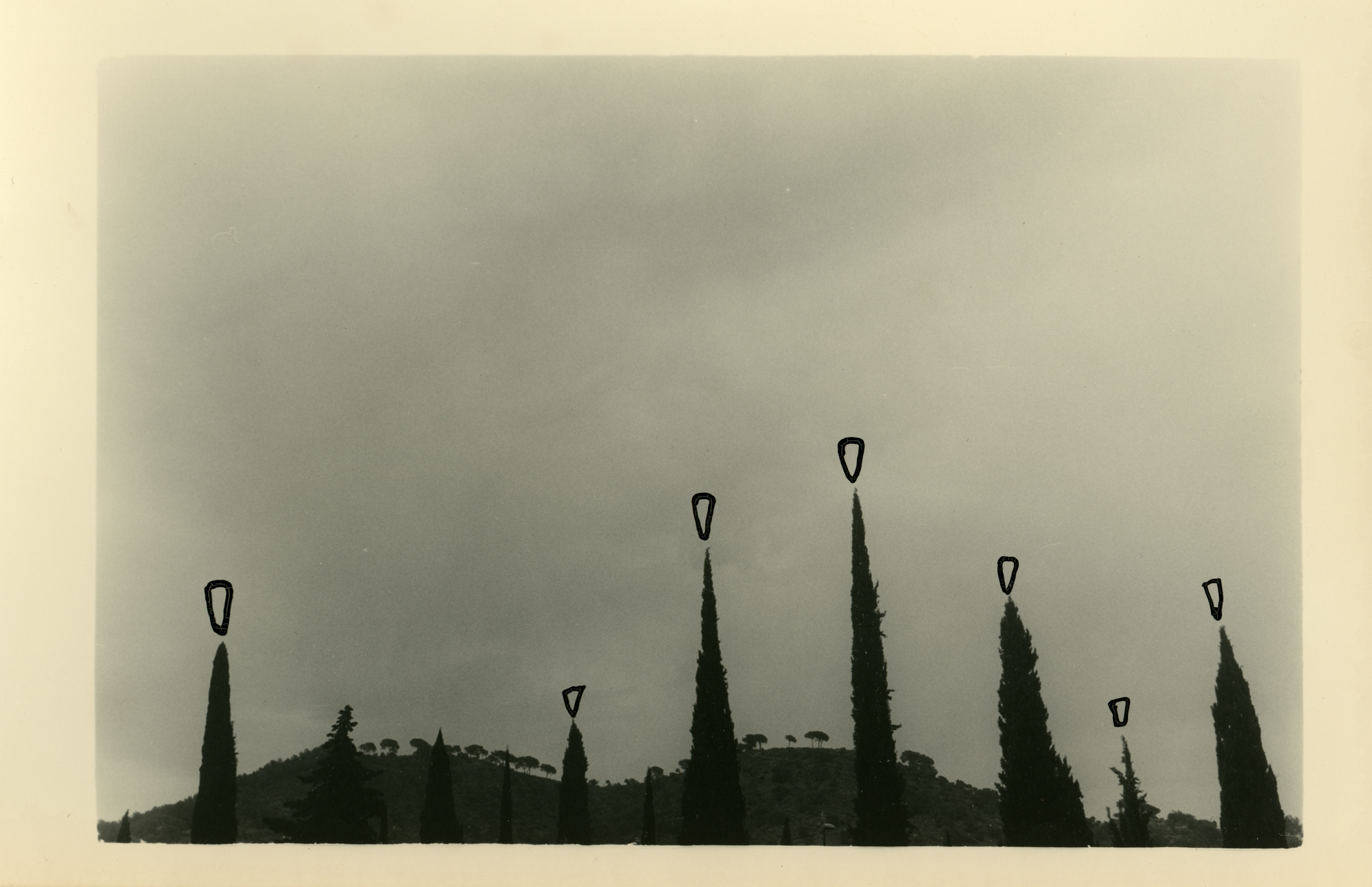
Look At Us, 2017
Cover Image: Sequencing Duplicates, 2017

